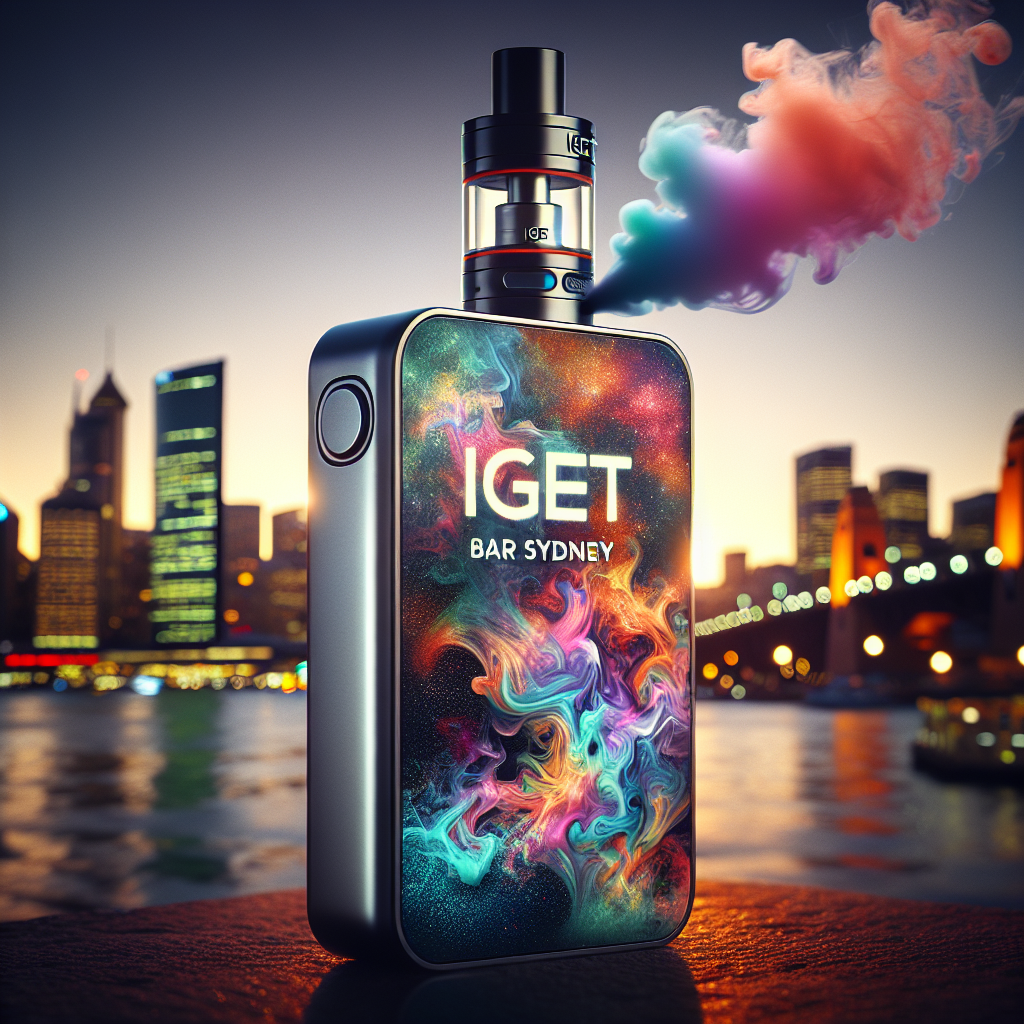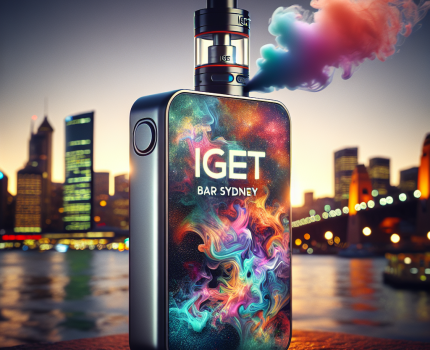Understanding Fake iGet Bar E-Cigarettes: What You Need to Know
In recent years, e-cigarettes have become increasingly popular as an alternative to traditional tobacco products. However, with this rise in popularity has come a proliferation of counterfeit and fake products, including the fake iGet bar. These fake devices not only compromise user safety but also undermine the reputation of legitimate e-cigarette brands. This article aims to shed light on the issue of fake iGet bars, exploring their prevalence, risks, and how consumers can protect themselves.
What Are Fake iGet Bars?
Fake iGet bars are counterfeit versions of the popular iGet e-cigarette devices. These products are designed to mimic the appearance and functionality of genuine iGet bars but often lack the quality, safety, and performance of the real thing. The rise of fake iGet bars is part of a broader trend of counterfeiting in the e-cigarette industry, driven by the high demand for these devices and the potential profits from selling substandard products.
These counterfeit devices are typically sold online or through unregulated sellers, making it challenging for consumers to distinguish them from authentic products. The fake iGet bar often uses the same branding and packaging as the real product but may contain inferior components, such as low-quality batteries or unsafe e-liquids.
Why Are Fake iGet Bars a Problem?
The proliferation of fake iGet bars poses significant risks to consumers. These counterfeit devices can lead to a range of issues, including safety hazards, health risks, and financial losses. For instance, the use of substandard batteries in fake iGet bars can increase the risk of explosions or fires, putting users at serious danger.
Additionally, fake iGet bars may contain harmful substances that are not present in genuine products. These substances can pose serious health risks, particularly for individuals who use e-cigarettes as a smoking cessation tool. The fake iGet bar problem is further complicated by the lack of regulation in many online marketplaces, where counterfeit products are often sold without any quality control.
So, what can be done to address this issue? The answer lies in raising awareness among consumers about the risks of fake iGet bars and providing them with tools to identify and avoid these dangerous products.
How to Identify Fake iGet Bars
Identifying fake iGet bars can be challenging, but there are several key signs that consumers should look for. First, pay close attention to the packaging and branding. Genuine iGet bars typically have high-quality packaging with clear labeling and consistent branding. If you notice any discrepancies in the design or logos, it could be a sign of a counterfeit product.
Another important factor is the price. If an iGet bar is significantly cheaper than the usual retail price, it may be a red flag. Legitimate sellers rarely offer products at prices that are too good to be true, as this can indicate the use of substandard materials or components.
Finally, check for any discrepancies in the product description or specifications. Fake iGet bars may claim features that are not present in genuine devices, such as enhanced battery life or superior vapor production. If something seems off about the product’s capabilities, it is worth doing additional research before making a purchase.
- Check the packaging and branding for consistency
- Be wary of unusually low prices
- Verify product descriptions and specifications
- Look for any discrepancies in design or logos
The Impact of Fake iGet Bars on Public Health
The rise of fake iGet bars has significant implications for public health. These counterfeit devices not only pose direct risks to users but also contribute to the broader challenges faced by public health officials in regulating e-cigarettes. For example, the presence of unsafe substances in fake iGet bars can lead to health complications, particularly among vulnerable populations such as teenagers and young adults.
Moreover, the proliferation of counterfeit devices can undermine efforts to promote e-cigarettes as a safer alternative to traditional tobacco products. When consumers experience negative outcomes from using fake iGet bars, it can create a perception that all e-cigarettes are unsafe, even though many legitimate products have been shown to reduce harm compared to smoking.
In light of these challenges, public health officials and industry stakeholders must work together to address the issue of counterfeit e-cigarettes. This includes implementing stricter regulations on online marketplaces, increasing consumer education about the risks of fake iGet bars, and supporting the development of innovative technologies to combat counterfeiting.
What Can Consumers Do?
Consumers play a critical role in combating the spread of fake iGet bars. By taking steps to educate themselves about the risks and learning how to identify counterfeit products, they can help reduce the demand for these dangerous devices.
One important step is to purchase e-cigarettes from reputable sellers. Online marketplaces such as Amazon and eBay have become popular platforms for buying e-cigarettes, but consumers should be cautious when selecting sellers. Look for sellers with high ratings and positive reviews, and avoid those who offer products at unusually low prices.
Additionally, consumers should report any suspicious products or sellers to the relevant authorities. Many online marketplaces have mechanisms in place to report counterfeit products, and reporting fake iGet bars can help protect other consumers from falling victim to these scams.
Finally, it is essential for consumers to stay informed about the latest developments in the e-cigarette industry. By following trusted sources of information and staying updated on recalls or safety warnings, they can make more informed decisions about the products they purchase and use.
Conclusion
The issue of fake iGet bars is a complex one that requires action from consumers, regulators, and industry stakeholders alike. While counterfeit devices pose significant risks to user safety and public health, there are steps that can be taken to address this problem. By raising awareness about the dangers of fake iGet bars, supporting stricter regulations on online marketplaces, and encouraging consumers to make informed purchasing decisions, we can work towards a safer e-cigarette industry for everyone.
What are your thoughts on the issue of counterfeit e-cigarettes? Have you ever encountered a fake iGet bar or another counterfeit product? Let us know in the comments below!

